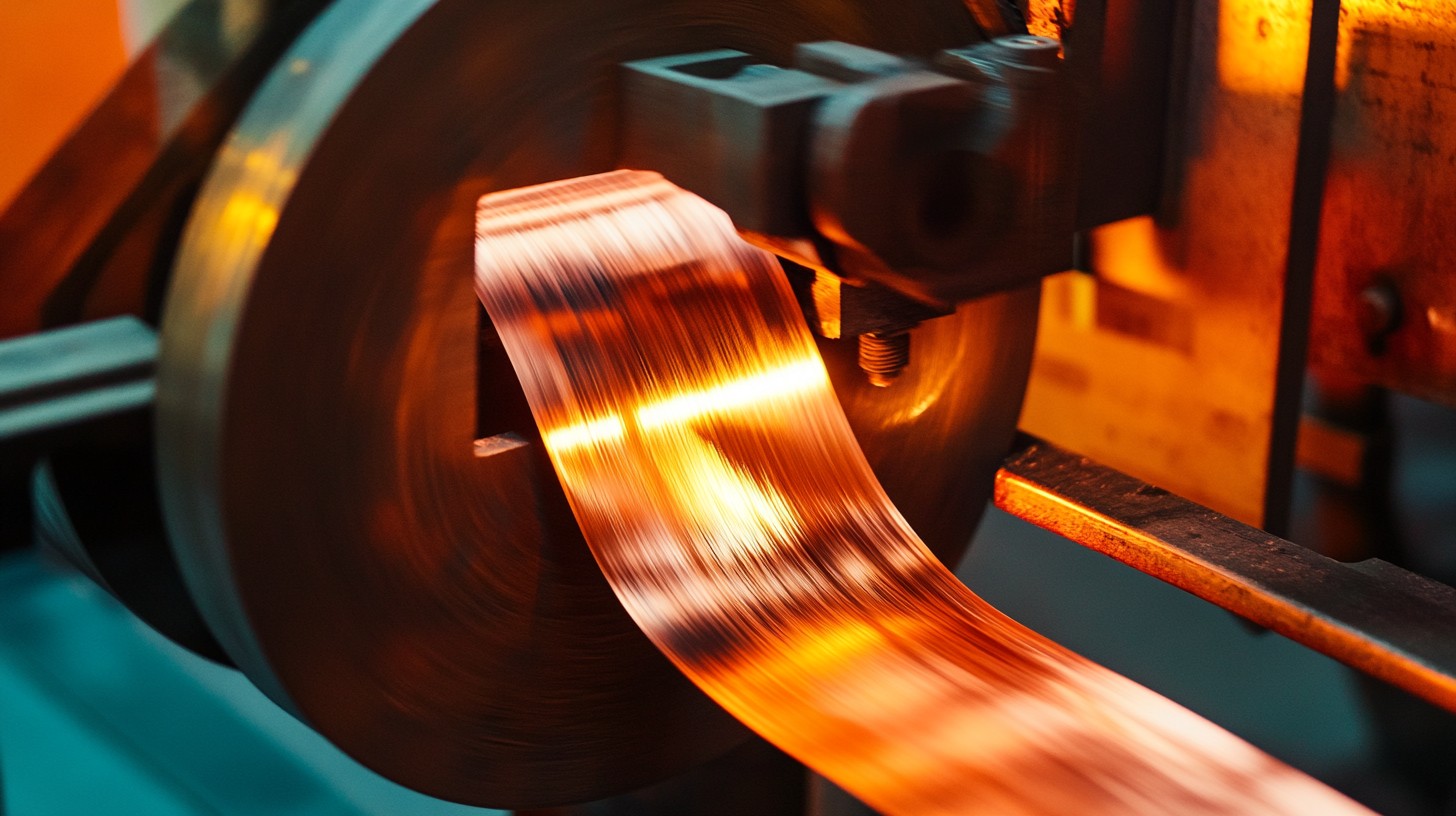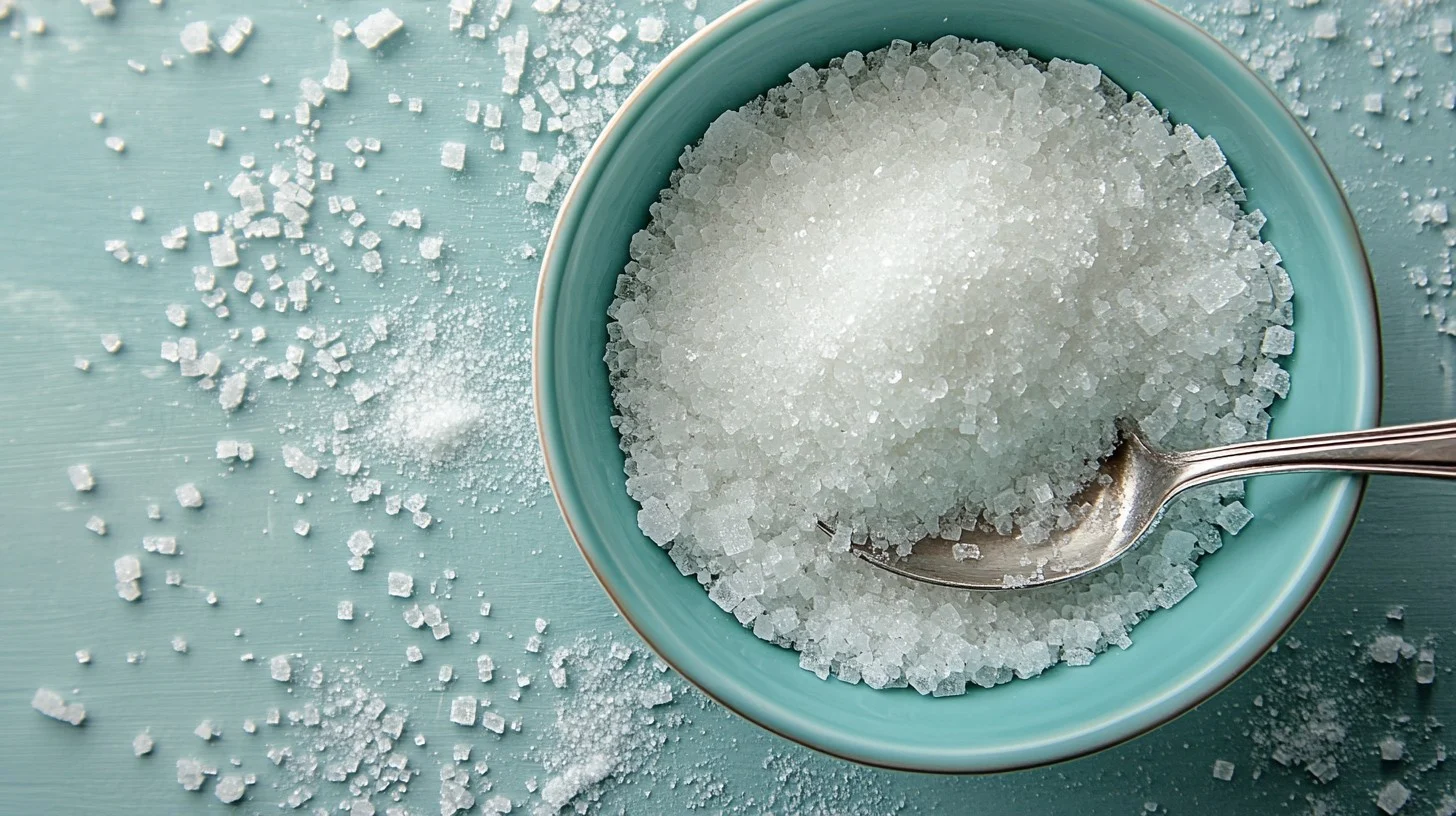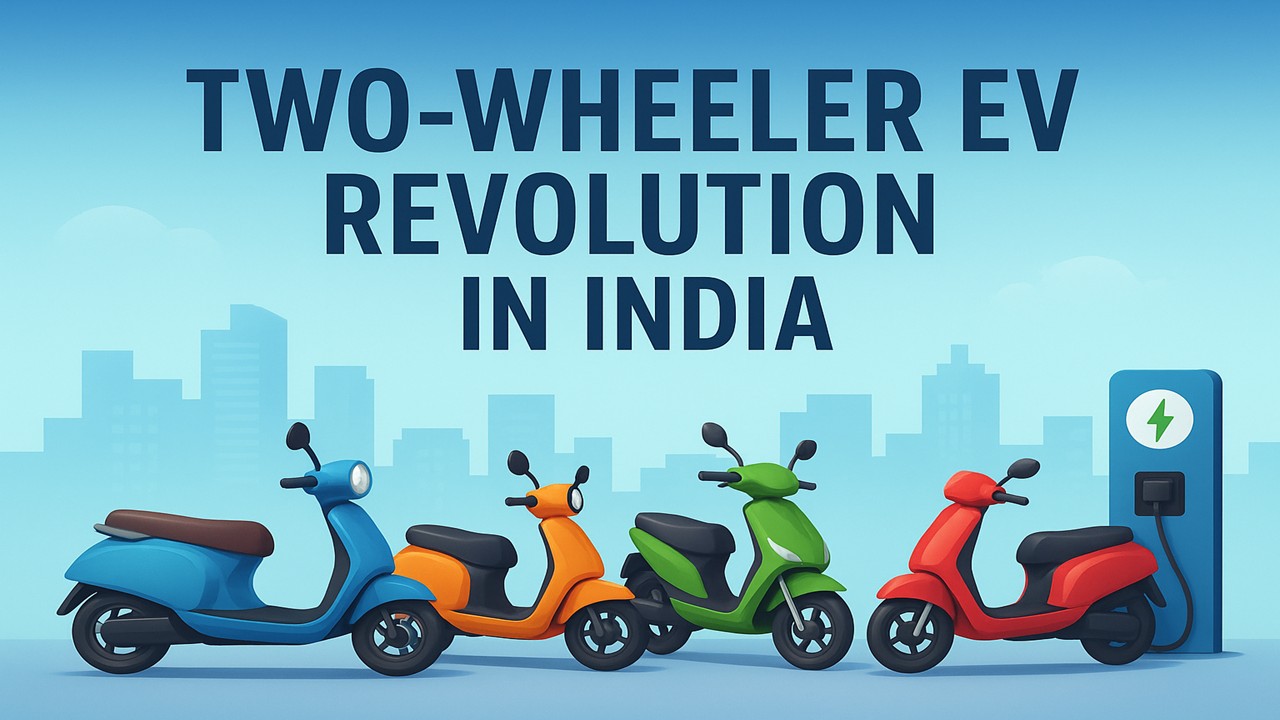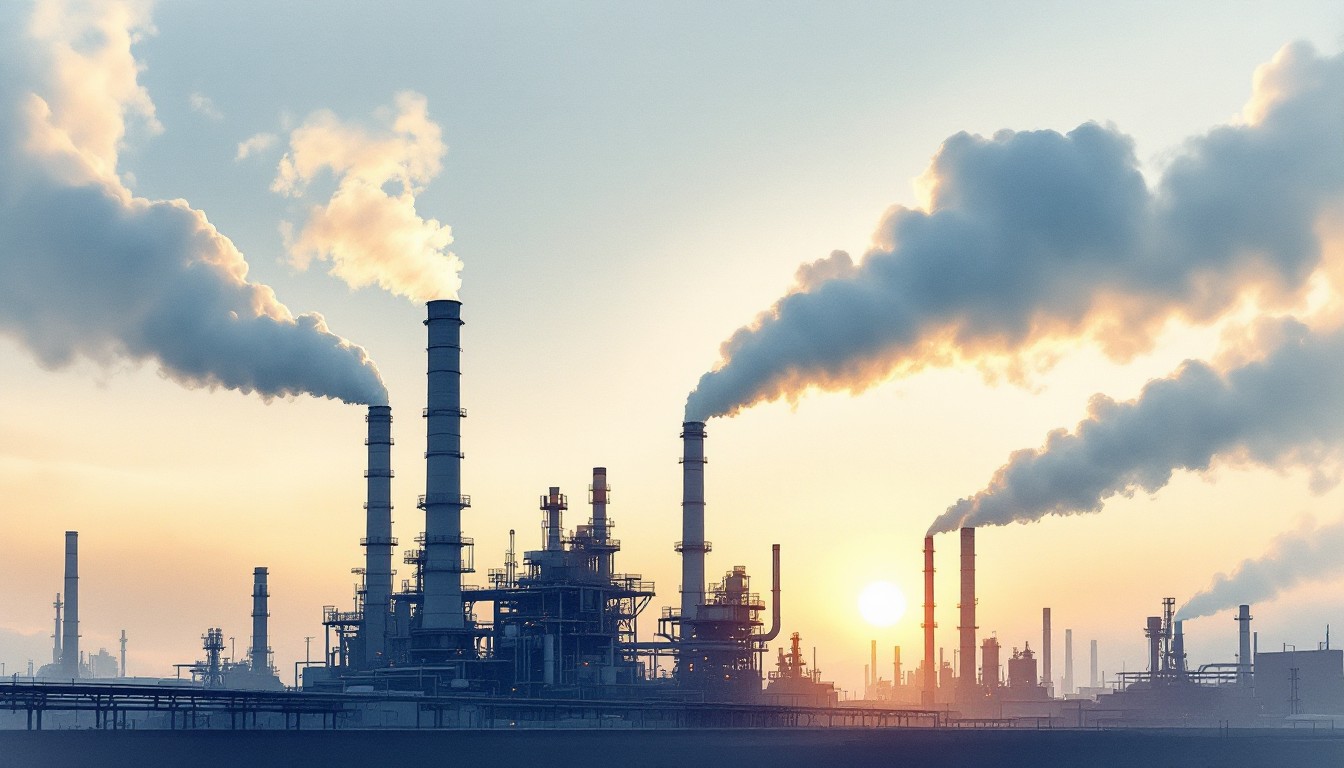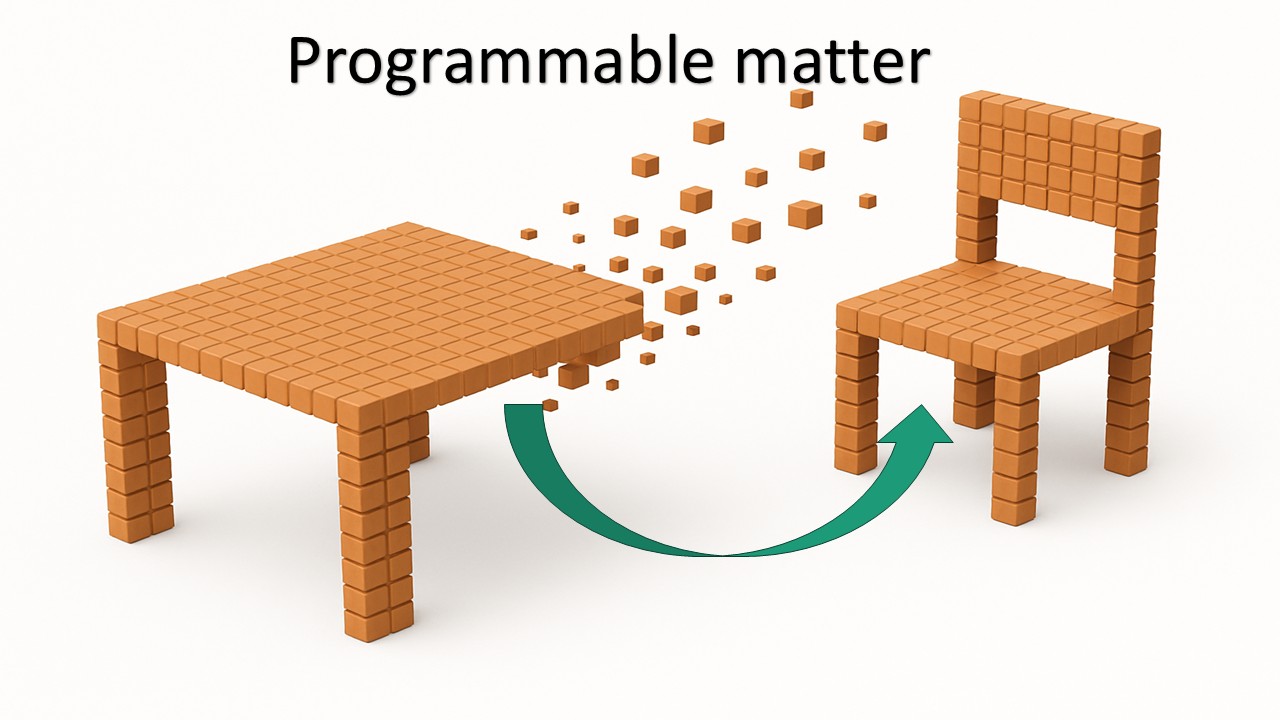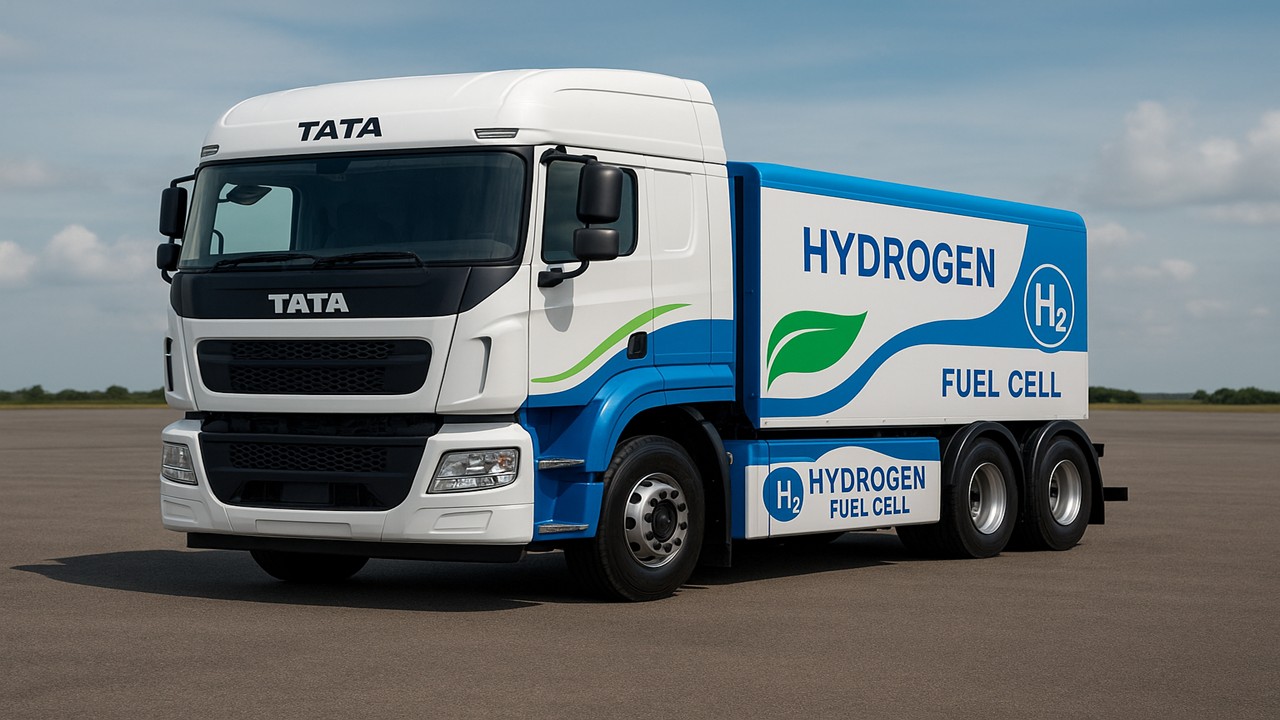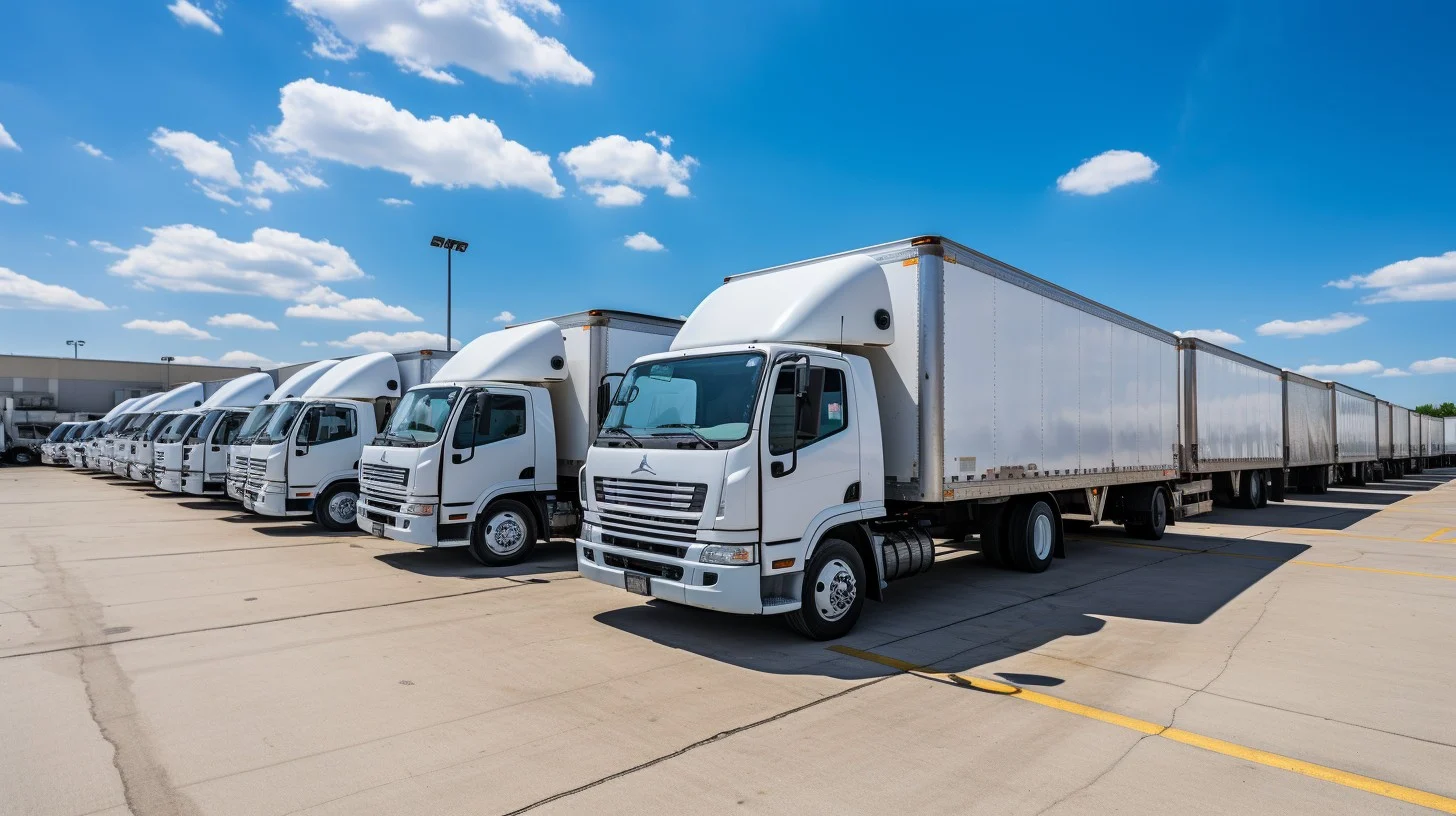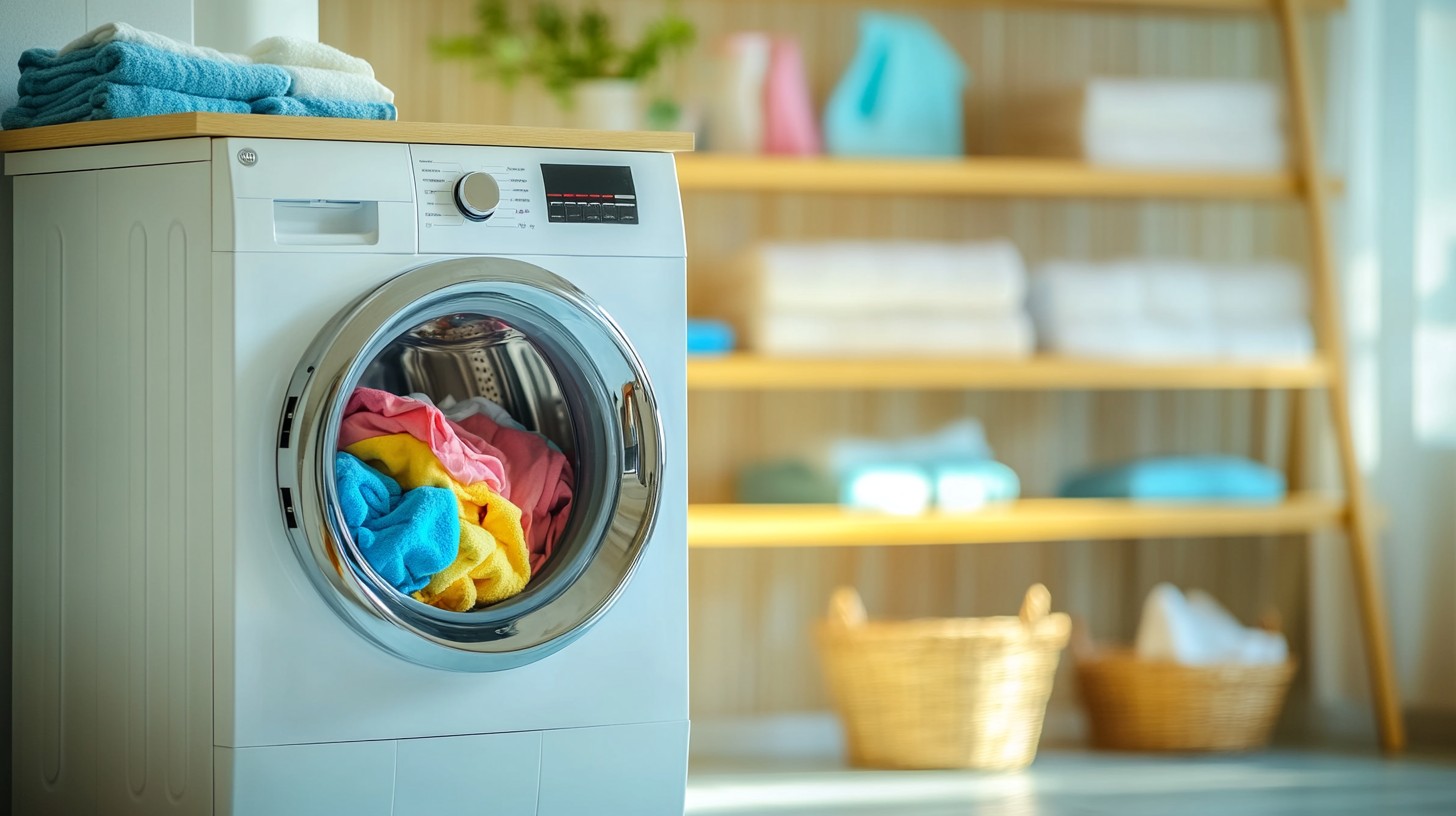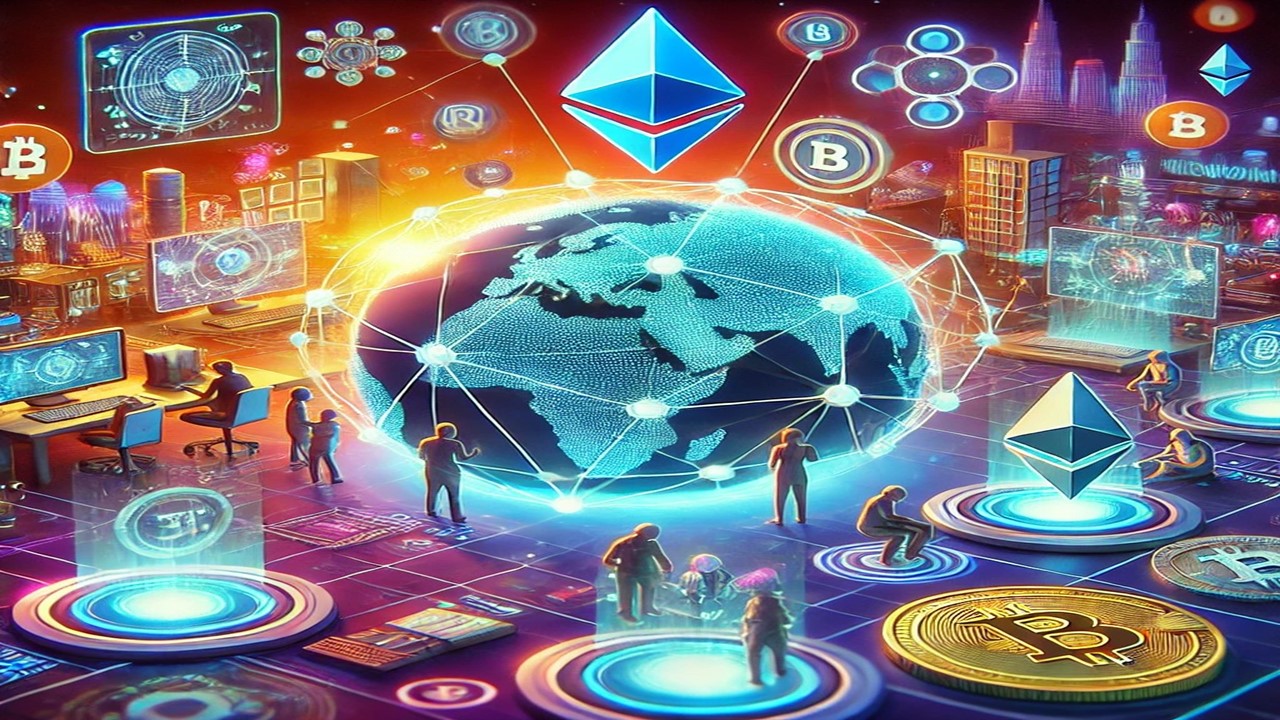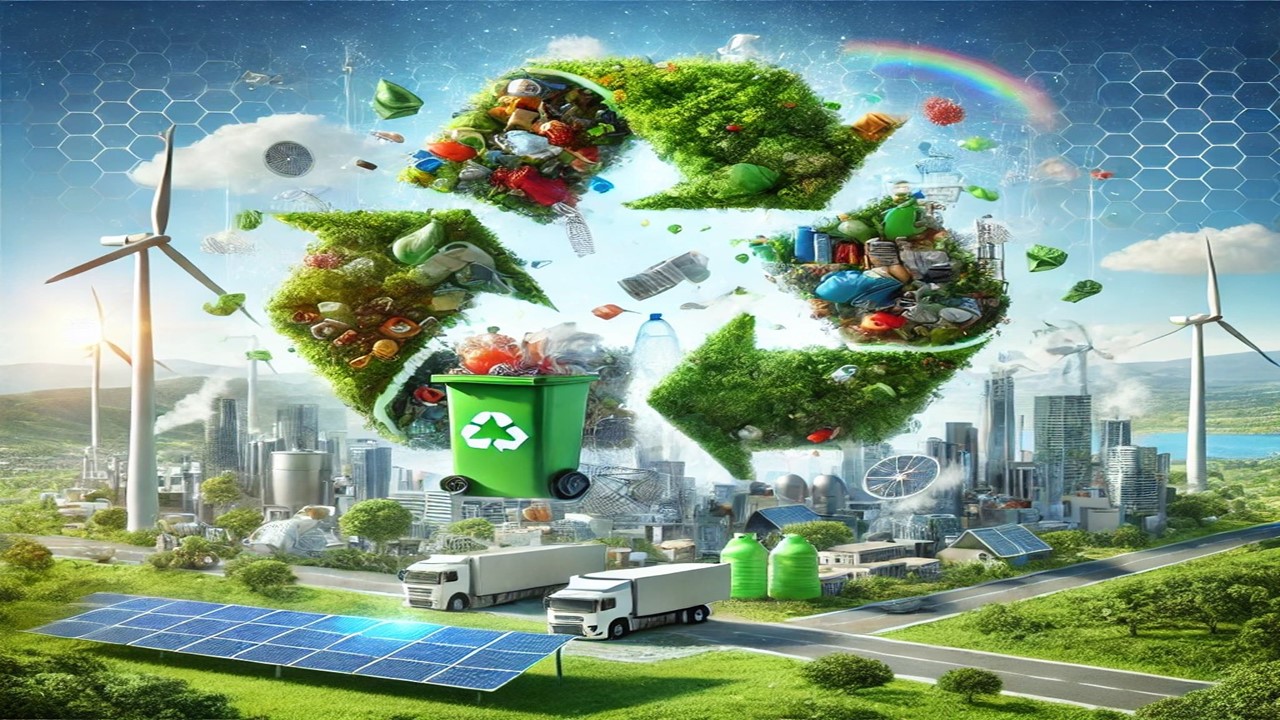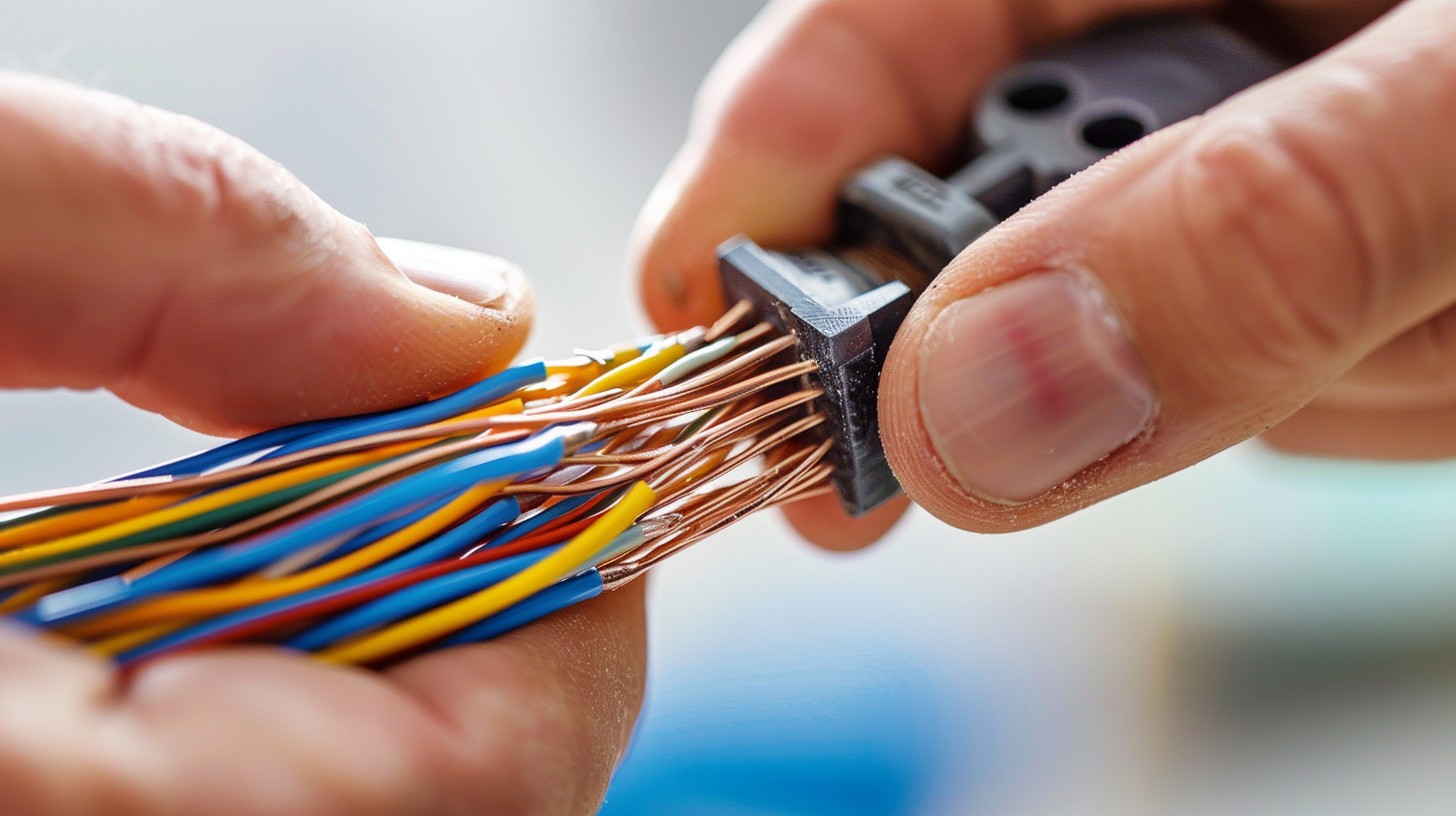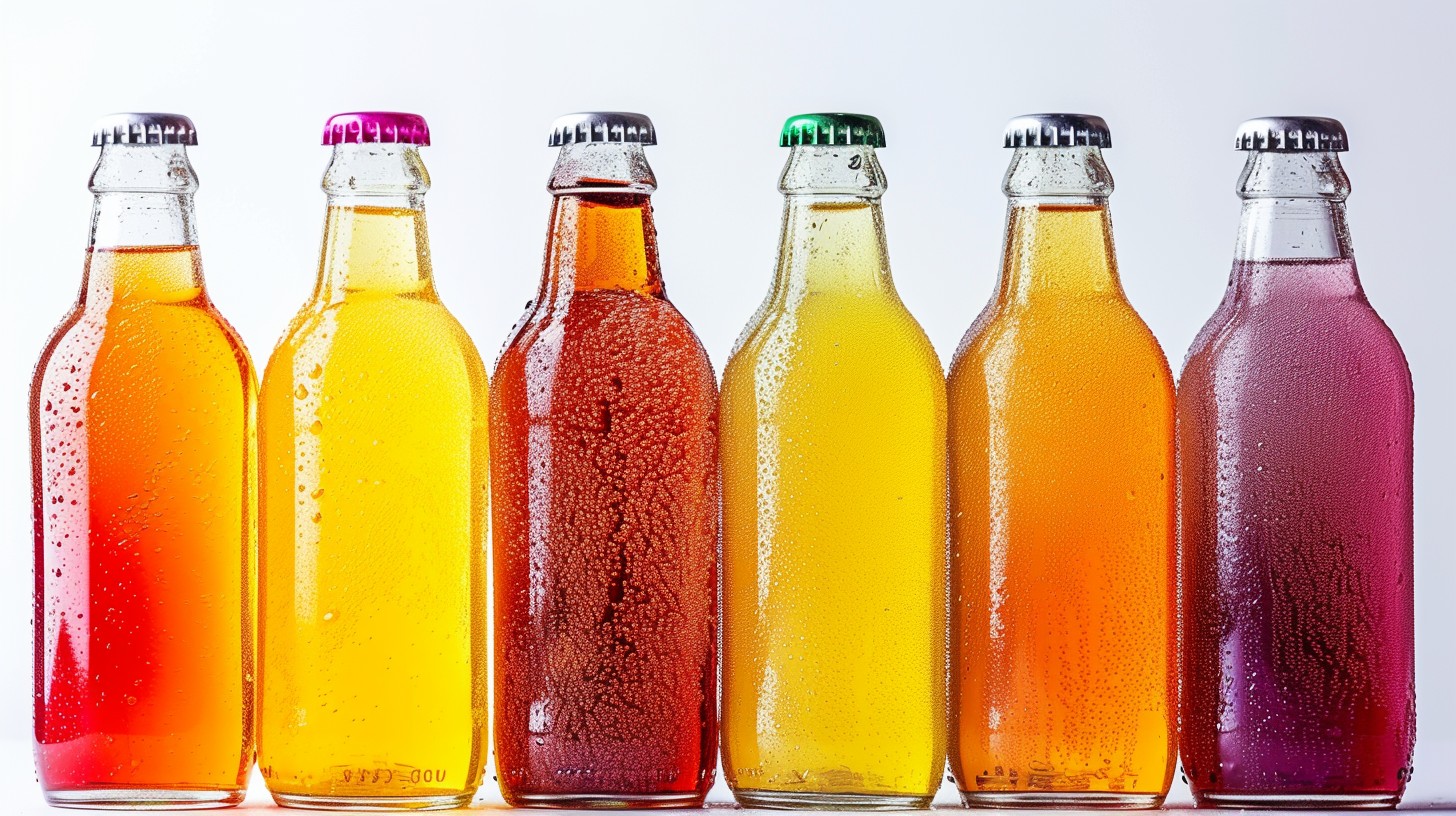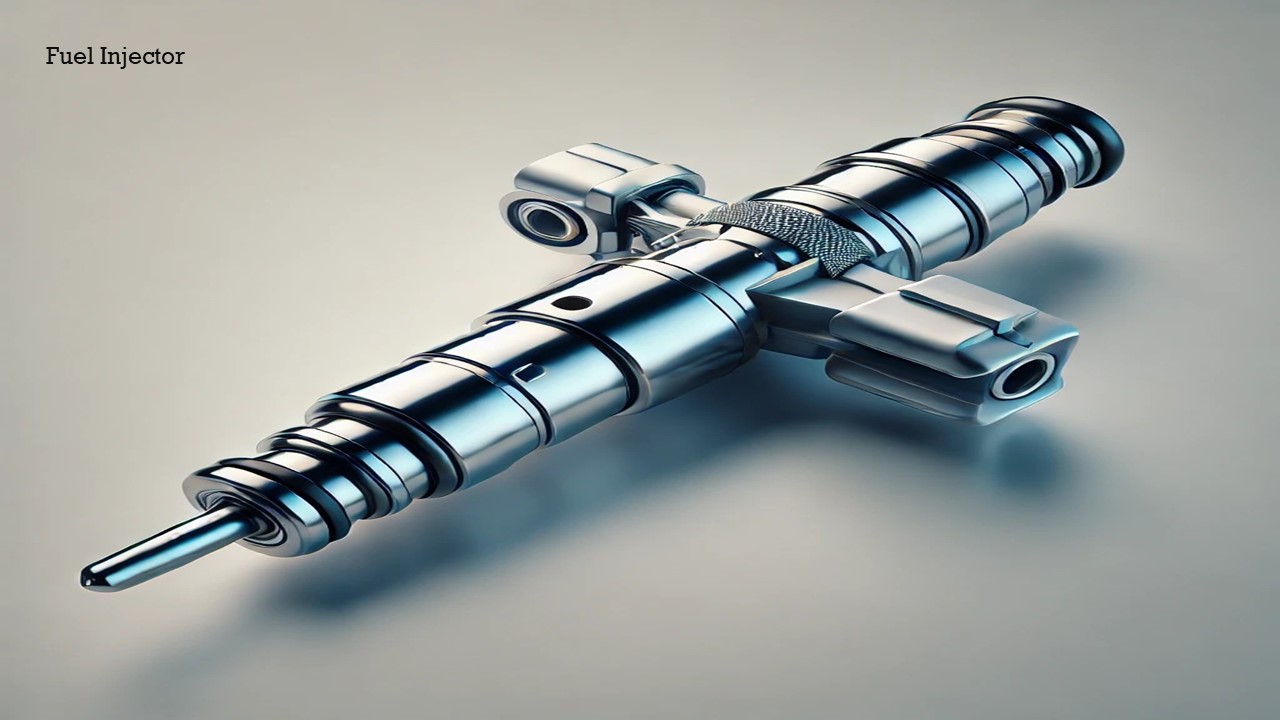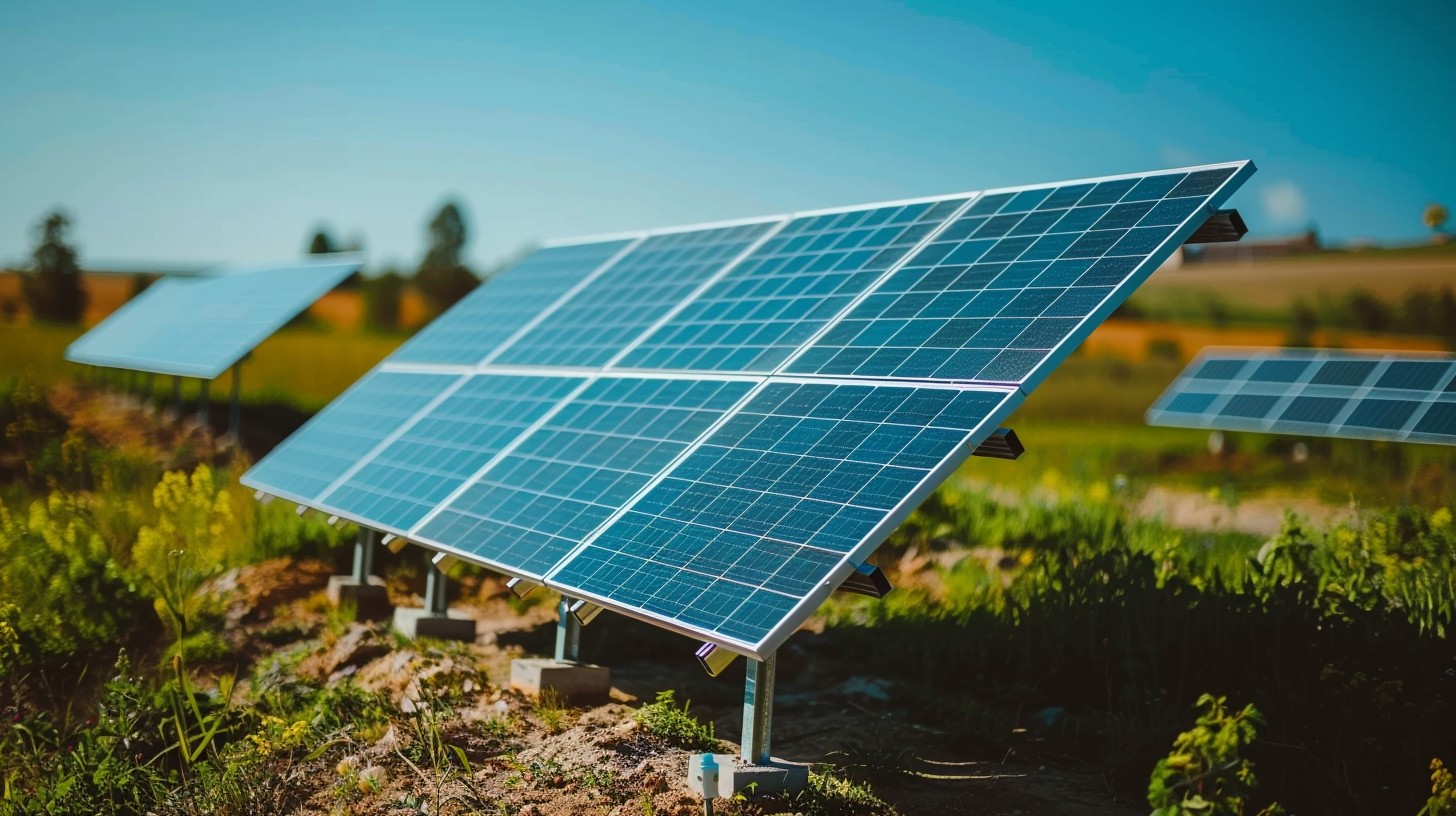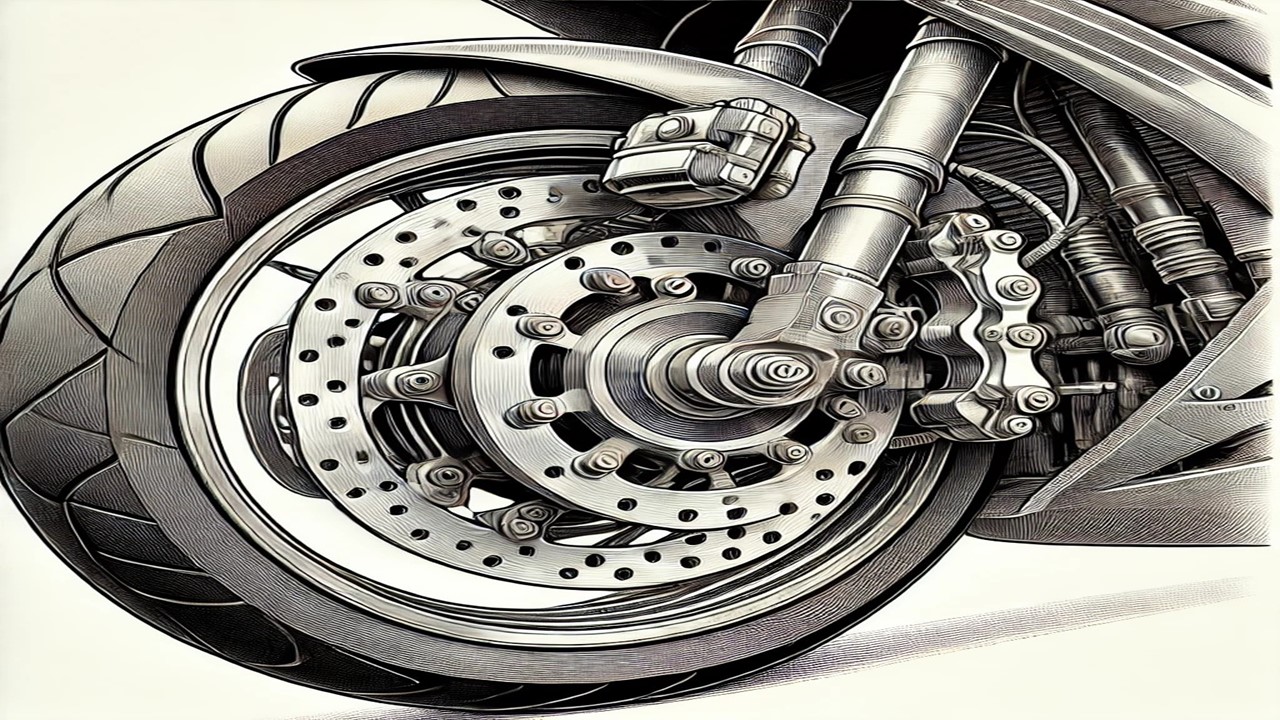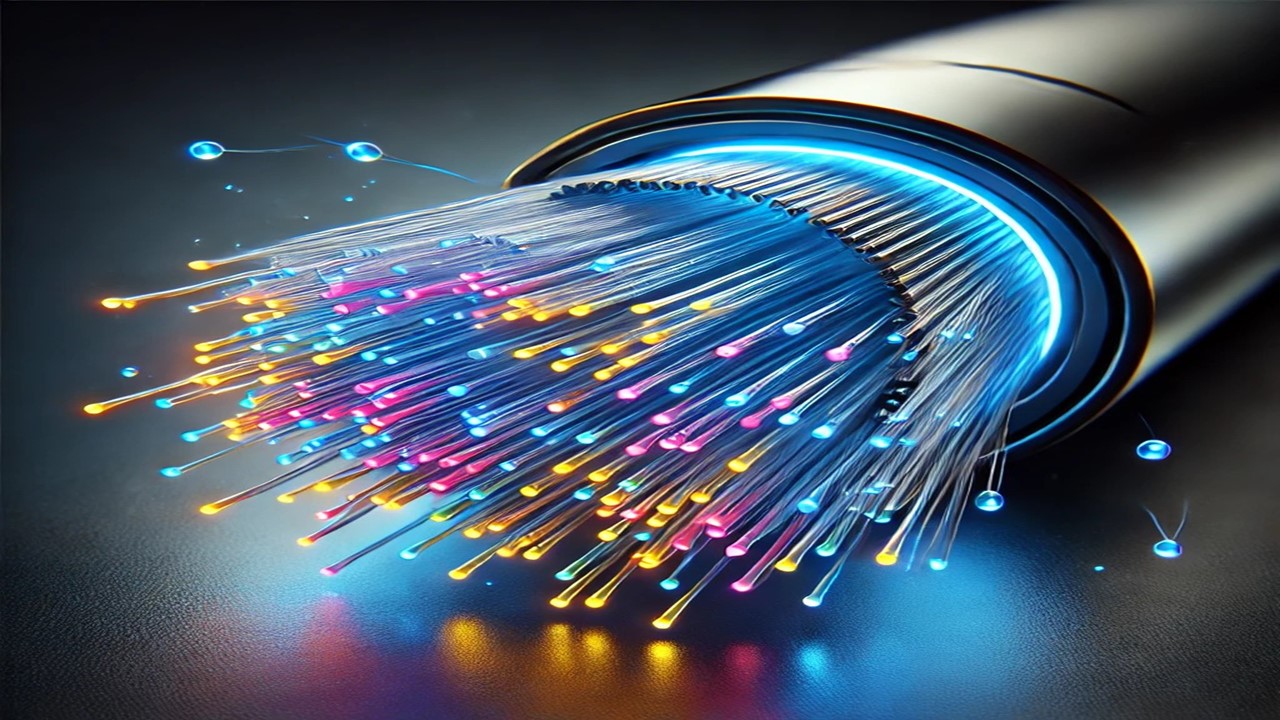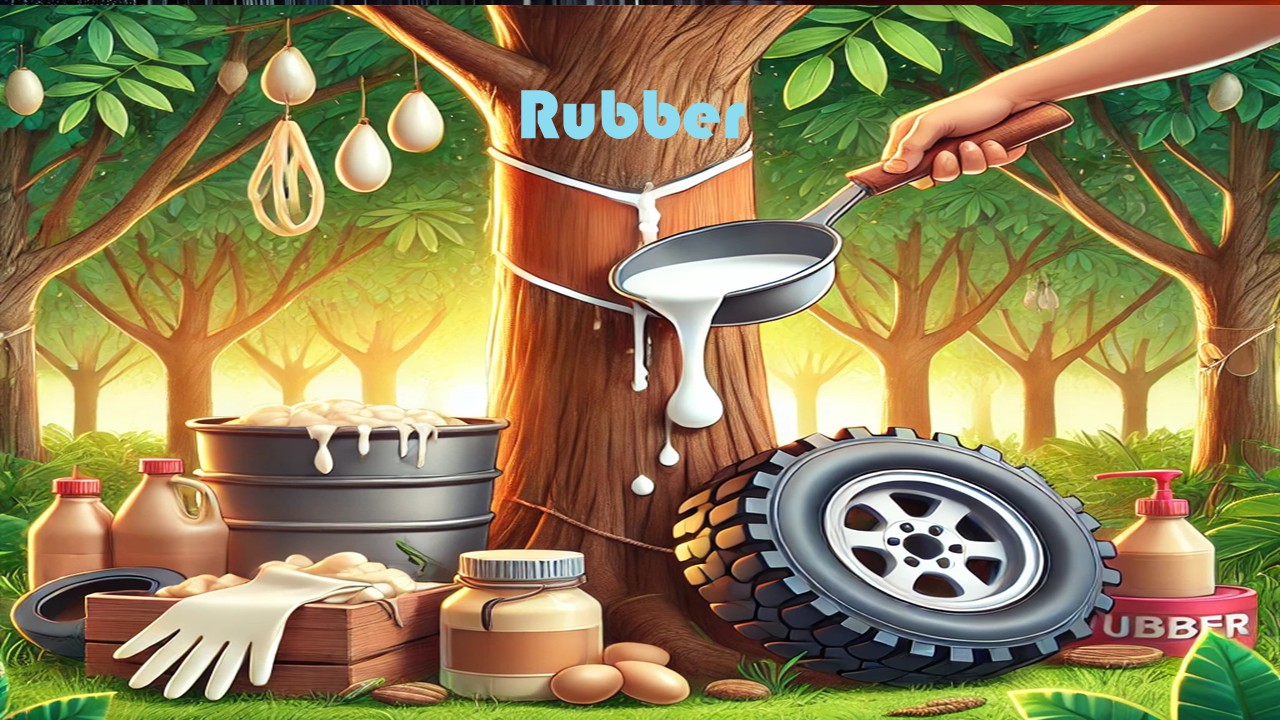
हिंदी में पढ़ने के लिए मेनू बार से हिंदी भाषा चयन करें।
When you hear the word rubber, what comes to mind? Tires, erasers, or maybe a cushion? But did you know this seemingly ordinary material is one of the most indispensable components of modern industry? Rubber’s utility spans far beyond tires, reaching into technology, healthcare, construction, and even space exploration. Let’s delve deeper into the fascinating world of rubber and discover why it holds immense potential for investors in the future.
Why Is Rubber So Valuable?
Rubber is a versatile material available in two forms: natural rubber and synthetic rubber. Natural rubber is derived from the latex of Hevea brasiliensis trees, while synthetic rubber is produced from petroleum-based products. Its unique properties—elasticity, durability, and flexibility—make it indispensable in various industries. From daily essentials to advanced technology, rubber is a cornerstone of innovation.
Where Is Rubber Used?
1. Automotive Industry:
Rubber is essential for manufacturing tires, gaskets, belts, and other automotive components. Over 60% of global rubber consumption is dedicated to tire production.
2. Healthcare and Medical Equipment:
Medical gloves, catheters, and surgical devices are crafted from rubber due to its antimicrobial and durable properties, making it vital for the healthcare sector.
3. Construction Industry:
Rubber is widely used in sealants, insulation, and anti-vibration materials. Its role in green and sustainable construction is steadily growing.
4. Electronics and Technology:
From cable insulation to smartphone covers, rubber finds its way into numerous electronic devices. With the rise of electric vehicles (EVs), the demand for rubber-based components is increasing exponentially.
5. Space and Defense:
Rubber’s flexibility and temperature resistance make it a critical material for aerospace applications, including rocket insulation and protective linings.
India’s Role in Rubber Production
Natural Rubber Production:
India is a leading producer of natural rubber, with its primary production hubs in Kerala, Tamil Nadu, and Karnataka.
- Kerala: Accounts for nearly 85% of India’s natural rubber output.
- Northeast India: Emerging as a new hub for rubber cultivation, especially in Assam and Tripura.
Synthetic Rubber Production:
India is ramping up its synthetic rubber production, with companies like Reliance Industries and Hindustan Petroleum playing pivotal roles.
Key Producers in India:
- Harrison Malayalam Limited:
A major player in natural rubber production, based in Kerala. - Indian Petrochemicals Corporation Limited (IPCL):
A leader in synthetic rubber manufacturing. - Rubber Board of India:
This government organization provides technical and market support to rubber farmers and industries.
India’s Contribution to the Global Rubber Market
India not only meets its domestic rubber needs but is also a significant exporter of rubber products.
- Primary Exports: Natural rubber, rubber sheets, and synthetic rubber.
- Major Markets: South Asia, Africa, and the Americas.
Leading Indian Companies in the Rubber Industry
- MRF Tyres:
India’s largest tire manufacturer, known for using high-quality rubber. - Apollo Tyres:
A leader in environmentally-friendly tire production and synthetic rubber innovation. - Hindustan Petroleum:
Focused on industrial synthetic rubber production. - Setco Automotive:
Specializes in rubber-based components for the automotive sector.
Demand and Supply Dynamics in the Rubber Industry
Factors Driving Demand:
- The rapid growth of the automotive industry.
- Rising demand for electric vehicles and related components.
- Increased need for medical and technological rubber products.
- Focus on sustainable construction and eco-friendly materials.
Supply Scenario:
- Government initiatives in India are boosting natural rubber production.
- India is progressing towards self-sufficiency in synthetic rubber manufacturing.
Global Rubber Industry and Opportunities for Indian Investors
Global Market Overview:
- China: The largest consumer and producer of rubber globally.
- Malaysia and Thailand: Leaders in natural rubber production.
- India: An emerging player focusing on quality and innovation.
Investment Opportunities:
- Companies like MRF and Apollo Tyres are investing heavily in green and sustainable rubber technologies.
- Rising prices of natural rubber and growing demand for synthetic rubber present lucrative investment opportunities.
- India’s expanding rubber export market is poised to deliver significant returns to investors.
The Future of the Rubber Industry
Growth Drivers:
- Electric Vehicles (EVs):
EVs require specialized tires and rubber-based components, boosting demand. - Eco-Friendly Products:
The focus on recyclable and sustainable rubber products is opening new avenues. - Healthcare and Technology:
Advanced and durable rubber materials are increasingly in demand.
Projections for the Next Decade:
- Global rubber demand is expected to grow by over 25% by 2030.
- India is set to emerge as a major supplier to meet this growing demand.
Why Invest in the Rubber Industry?
Rubber is no longer confined to traditional applications like tires and gloves. It is a transformative material reshaping industries ranging from technology to space exploration. Indian companies, with their innovation and quality focus, are well-positioned to lead the global rubber revolution.
For investors, the rubber industry presents a golden opportunity. Companies like MRF, Apollo Tyres, and Reliance Industries are at the forefront of this evolution, offering high growth potential. With increasing demand, technological advancements, and India’s growing prominence in the global market, the rubber industry is poised for exponential growth.
Rubber isn’t just a material; it’s the backbone of modern industry. Whether it’s the automotive sector, healthcare, or green construction, rubber’s applications are vast and varied. For those seeking a promising investment avenue, the time to explore the rubber industry is now.

